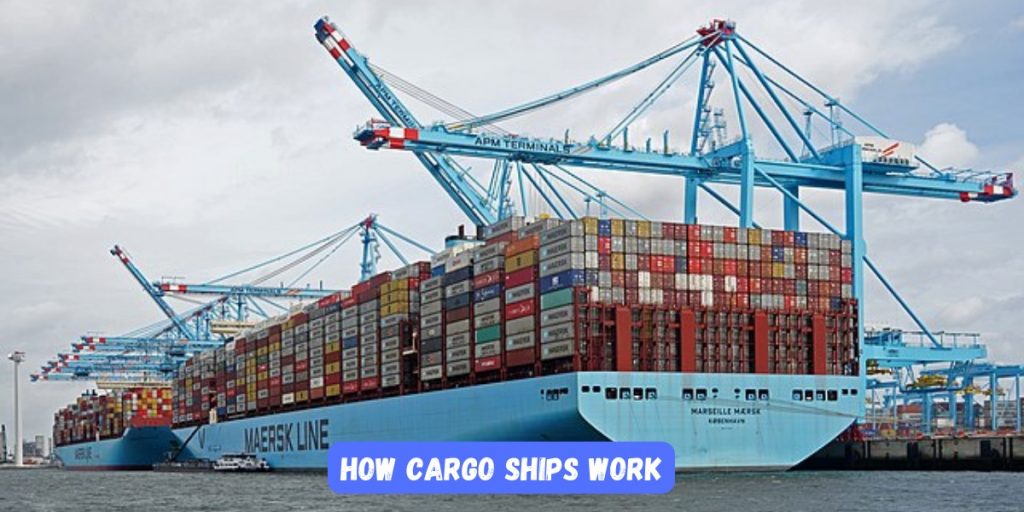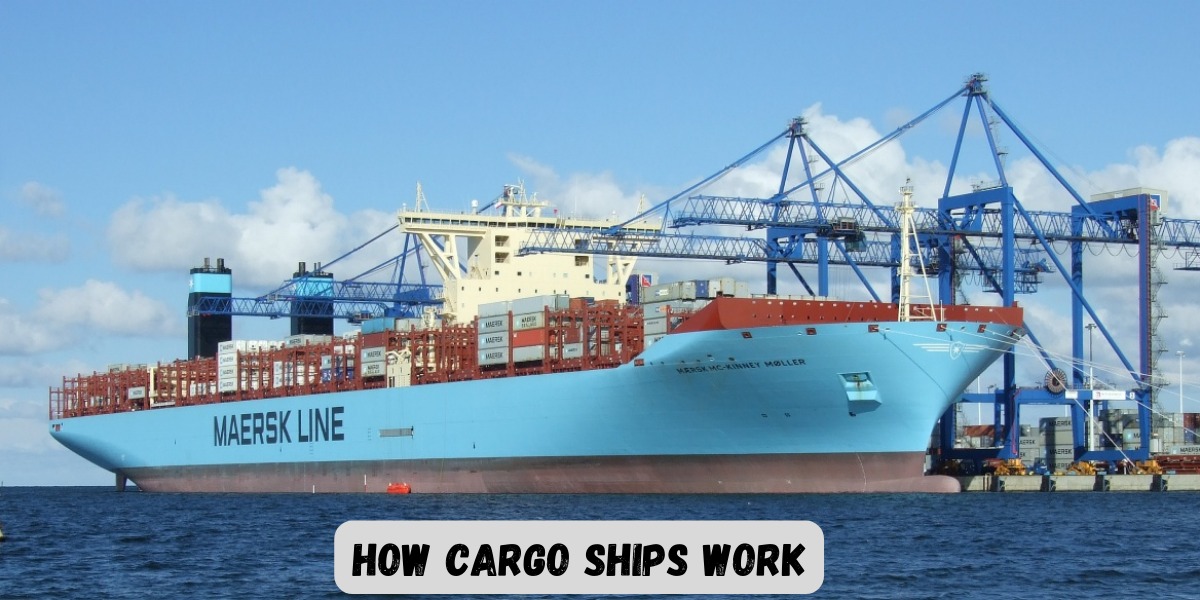Cargo ships are one of the most important parts of our economy. They move goods all over the world, and without them, our economy would be crippled. So what makes cargo ships so special? Cargo ships are unlike any other type of ship out there. They’re huge, often weighing in at hundreds of thousands of pounds.
And because they’re so big, they need a way to move around quickly and efficiently. That’s where their cargo capacities come in. Cargo ships can carry a lot of different things, from food to machinery to raw materials. But no matter what it is, they all have one thing in common: They need to be moved quickly and efficiently so that businesses can generate revenue and consumers can get what they need.
Cargo Ships: What They Are and How They Work
Cargo ships are large, flat-bottomed vessels that move goods between ports. They are pushed along by the waves or wind, and their cargo is generally handled by a crew of professional sailors. Cargo ships can be divided into three main types: bulk carriers, container ships, and tankers.
Bulk carriers are the largest type of cargo ship and are usually used to carry coal, iron ore, and other heavy materials. They have a wide beam and a high freeboard, which makes them stable in rough seas. Bulk carriers typically have a capacity of about 20 million tons.
Container ships are smaller than bulk carriers and are mostly used to carry goods that need to be tightly packed together, such as clothing or laptop computers. They have a lower freeboard and narrower beam than bulk carriers, which limits their carrying capacity to about 9 million tons.
Tankers are the smallest type of cargo ship and are usually used to carry oil or gas. They have a thick hull that protects them from collisions with other vessels, and they also have a large carrying capacity – up to 1 million tons – due to their ability to pump water using their onboard engines.
Cargo Ships: How They Are Built
Cargo ships are built in a variety of ways, but the most common is to build them using steel frames and then cover them with fiberglass. The fiberglass insulates the ship from the weather and makes it strong enough to carry heavy loads. Cargo ships usually have two or three decks, with the loading and unloading areas on the lower decks. The upper decks are used for storage and the ship’s crew quarters. Cargo ships can be as small as a fishing boat or as large as a cruise liner.
Best Cargo Company In Dubai
Next Movers Is The Best Cargo Company In Dubai. Dubai is a city of many faces, one of which is the bustling metropolis of Dubai. The city houses residents and visitors from all corners of the world, making it an ideal location for businesses and travelers looking for an exciting, new experience. With a population in excess of 6 million people, Dubai is also one of the most densely populated cities in the world.
We take care to make sure your belongings are properly packed and protected during transit, so you can rest assured that your possessions will arrive at their destination unscathed. Shipping from Dubai to Oman, Our team is dedicated to providing you with the best possible shipping experience.

We understand that each move is unique and we work hard to ensure that every customer receives the highest level of service possible. We offer competitive rates and a wide range of shipping options that will fit your needs. Next Movers Giving Service In Cargo from Dubai to Jeddah.
We offer shipping services to customers in Dubai and across the GCC region. We provide cargo shipping from Dubai to Jeddah, Shipping Dubai to Saudia Arabia.
Cargo Ships: The Routes they Take
Cargo ships are the backbone of global trade. They transport goods from one place to another by sea, using their massive cargo capacities to move everything from everyday items to vehicles and even large vessels. Cargo ships can take a number of different routes to get where they’re going, depending on the cargo and the merchant’s vessel. Here’s a look at five of the most common routes cargo ships take:
- The Suez Canal is the world’s busiest shipping route, linking Europe and Asia through the Sinai desert.
- The Panama Canal is used mainly for maritime transportation between North and South America.
- The Panama Canal is also used for transporting goods between East Asia and Western Europe.
- The Cape Route connects Africa with Europe, across the southern tip of Africa.
- The Arctic Route runs along Canada’s Arctic coastlines, connecting North America with Europe.
Cargo Ships: The Ports they Visit
Cargo ships are the lifeblood of international trade. They transport goods between ports around the world and depend on a complex network of shipping lanes to move their cargo.
Each cargo ship has a specific route that it follows, based on the needs of the cargo and the availability of space in the shipping lanes. Cargo ships typically visit a limited number of ports during their voyage, in order to minimize delays and maximize efficiency.
Here is a list of some of the most important ports that cargo ships visit:
- Los Angeles
- Shanghai
- London
- Hamburg
- Antwerp
Cargo Ships: The Cargo they Carry
Cargo ships are a type of ship used to transport goods. They usually have a large hold that can carry a lot of different items, and they often have a lot of equipment on board to help them move the cargo. Cargo ships are usually fairly large, and they can travel over long distances without stopping. They often use ports in other countries to dock, and then they will take the cargo off of the ship and deliver it to where it needs to go.
Isaimini has grown to be a popular platform for accessing movies and music. As a user-friendly site, it offers a wide range of entertainment options. However, it’s important to be cautious of the potential legal and security risks. Overall, Isaimini provides a convenient way to access media content, but users should exercise caution.




